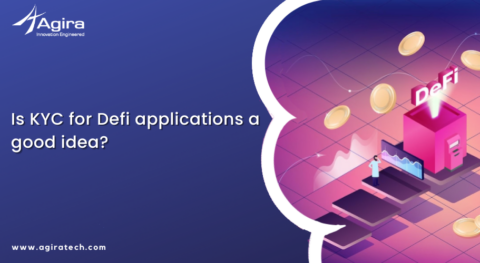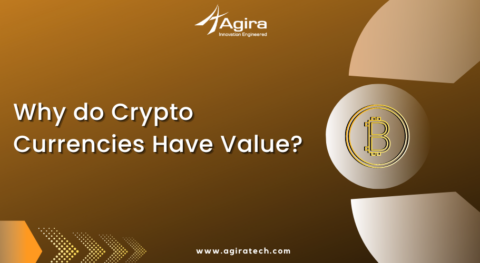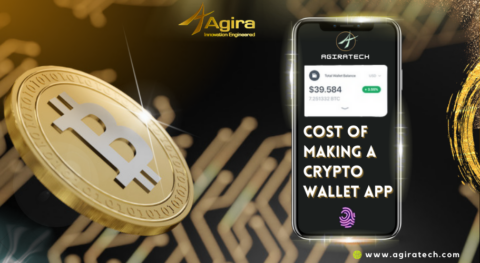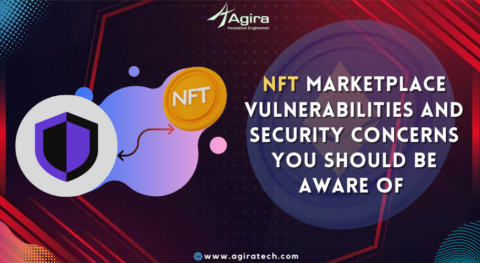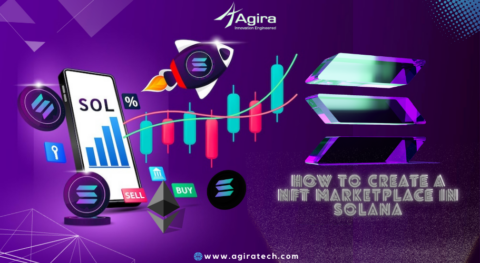Ethereum is the natural choice for investors when it comes to non-fungible tokens (NFTs). Due to its highly secure and decentralized feature, the Ethereum blockchain houses almost 95% of the NFT marketplace. Since the boom of NFTs in 2021, the competition between layer ones has increased.
In a market dominated by Bitcoin and Ethereum, Solana (SOL) has captured its place despite being a newcomer. Claiming to be the world’s fastest blockchain, it generates a new block every 400 milliseconds at a much lower cost than Ethereum. Hence the name ‘Ethereum killer’.
What is Solana?
Solana is a blockchain network launched in March 2020 to develop smart contracts and decentralized applications (DApps). It facilitates faster transactions at a lower price.
How is it different from Ethereum?
Ethereum dominates the NFT market. This is evident from the statistical data found all over the internet. But there are a few areas where Ethereum can still improve. Like the scalability issue, which has been the talk of the town for some time. This drawback has allowed other competitors to go up against the pioneer.
Algorithm
Currently, Ethereum 1.0 functions on the Proof-of-Work (PoW) consensus mechanism. The millions of miners who participate in the consensus process stake their power/hardware to secure the network. This mechanism sets a solid barrier and ensures decentralization. But this has also led to Ethereum’s reduced performance as it cannot perform many transactions per second. This process costs time and money.
Solana’s innovation lies in its security algorithm. This blockchain uses a hybrid consensus mechanism that features a Proof-of-History (PoH) and Proof-of-Stake (PoS). PoH is a series of computations that provide a way to verify the passage of time between two events cryptographically. Proof-of-History uses Verifiable Delay Functions (VDF), which only one CPU core can solve by following consecutive steps. Hence, it is easier to determine how long each step will take.
Stateful architecture
Ethereum is a true example of stateful architecture. For every transaction made, the complete network updates its ledger to mirror the recent transaction. As a result, the network is slower.
Solana being a stateless network relies on Solana clusters. A cluster is a collection of validators working together to address client transactions and ledger maintenance. The cluster leader takes the responsibility of bundling and time stamping the transactions using PoH consensus. Hence, there is no need to update the whole state of the blockchain for every transaction. This assures better scalability of the platform.
Transaction speed
Ethereum can carry out 15-16 transactions per second. The distributed ledger holder takes care of the operation of the network. Due to the high crowd and waiting time, the gas fee is higher.
Solana’s key selling point is its record-breaking 60k transactions per second. The developers at Solana have focused on increasing the throughput. It incorporates the Tower Byzantine Fault Tolerance (Tower BFT), a security system that allows users to stake tokens to vote on the validity of a PoH hash. This eliminates the need for nodes to communicate in real-time, thereby improving overall efficiency.
Scalability
Ethereum supports layer-two scaling solutions like state channels, sidechains, Plasma (Polygon), Validium, and rollups (Optimism) to improve the scalability without compromising security.
Solana does not require a layer-two scaling solution. The Turbine block propagation protocol breaks down data into smaller fragments, making it easier for transmission across networks. All these features make for a low-fee blockchain.
Benefits of Solana for business
Automate workflow
Solana was built purely to develop decentralized applications with the system. Smart contracts help carry out autonomous operations like automatic issuance of payments or data sharing when predetermined conditions meet.
Cost-effective
The low transaction fee on Solana allows for NFT trading, especially for young artists who can’t afford to spend much on transactions. Currently, Solana charges $0.00025 per transaction as gas fees, which is considerably low compared to Ethereum.
Faster transactions
Solana claims to be the fastest blockchain network without compromising security. Ethereum’s security protocol has been an obstruction to its transaction speed.
Closing thoughts
Both Ethereum and Solana have their fair share of users and supporters. Ethereum offers a mature DeFi ecosystem and has been in the game long enough to know its ups and downs. Solana, although a newcomer, has seen tremendous growth in a short time, mainly due to its fast transactions and scalability. But Solana has also experienced network outages recently, caused partly by Proof of History. It still needs time to see who dominates the market. For further queries on Solana, reach out to our Agiratech strategist.





